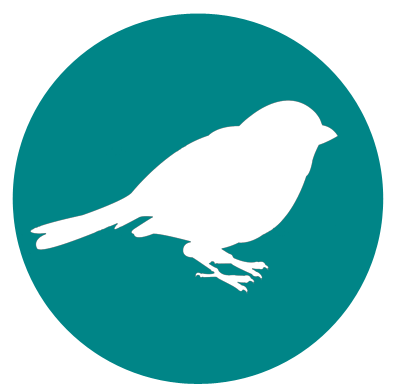Birding at Grand River Wildlife Area
West Farmington, OhioGeneral Information
Address
6686 OH-534, West Farmington, OH 44491
County/Counties
Trumbull
DeLorme Page Number and Coordinates
(7th Edition and earlier) Pages 42 and 43, A-4
Nearest Town or City
10 miles north of Warren, Ohio.
Directions from Nearest Town or City
From Warren, go north on either SR 45 or SR 534.
About Grand River Wildlife Area
This large, state wildlife area is comprised of nearly 7000 acres. Approximately half is second growth woodland, some quite mature, and mostly swamp forest. The southern half is more open with some cultivated areas. Marshy areas are scattered throughout and many were created by beavers, which are common here. The terrain is mostly flat and poorly drained. If you plan on hiking, bring boots to stay dry. The entire area is open to the public year around. The area is generally bounded by SR 45 on the east and SR 534 on the west.
The premier birding site in this Wildlife Area is the Norton Lane Ponds. Norton Lane runs west off of SR 45 about 3.5 miles north of SR 88. Follow it about a mile until it dead-ends at the parking area. This former fish farm is a complex of large, shallow ponds connected by mowed dikes that allow close-up views into the surrounding wetlands including a mature swamp forest along the southern-most dike and the Grand River itself on the west. The ponds have plentiful emergent vegetation that provides excellent cover for wetland birds. Notable breeding birds here include Pied-billed Grebe, Least Bittern, Common Moorhen, Sora, Virginia Rail, Blue-winged Teal, Hooded Merganser, and Marsh Wren. The surrounding woodland is great for migrant songbirds and breeding birds such as Cerulean Warbler.
Another notable location is a trail and boardwalk located off Hoffman-Norton Rd (C-213) one mile south of SR 88. There is a parking area on the east side of the road and the well-marked trailhead is across the road. The path is constructed of fine gravel and is well drained. After crossing the marsh, it enters a mature, dry woodland. North of the parking lot is a large area of pine and spruce trees that may hold roosting owls.
Nearly all of the numerous small parking lots have trails leading from them into a variety of habitats. Maps of this site are also available near the main office at 6686 SR 534. They are in an outside display area and are available at any time.
Visiting Information
Closed hours/season
Open all year during daylight hours.
Parking Areas
There are numerous parking areas.
Fees/Permits
None.
Restroom Facilities
None are available at the wildlife area.
Harmful Insects, Poisonous Plants, or Animals
Poison ivy is abundant. Ticks are plentiful. Eastern Massasauga rattlesnakes are here, but rare.
Restaurants in the Area
There are some convenience stores on SR 45 that have deli subs and drinks.
Other Useful Information
This wildlife area has the largest population of River Otters in the state. Norton Lane at daybreak is your best bet for viewing them.
Other Birding Spots in the Area
Mosquito Lake and Mosquito Lake Wildlife Area are just a few miles to the east.
Birds of Interest by Season

Winter
This is the best season for raptors including Northern Harrier and Rough-legged Hawk as well as Northern Shrike. The best birding strategy is to slowly drive the numerous county and township roads that cross the area. The roads are lightly traveled and it is generally safe to stop along the edge of the road for a better look.
Spring
This can be an outstanding time for migrant waterfowl, beginning in late February. Norton Lane Ponds have had rarities such as Glossy Ibis during this season.
Summer
Good nesting species include the wetland birds mentioned above for Norton Lane. Notable nesting songbirds include Least and Alder Flycatcher, Prothonotary and Cerulean Warbler, and Swamp Sparrow. The mature woodlands hold large, healthy populations of several species of flycatchers, vireos, thrushes, and wood warblers.
Fall
Many of the same species may be seen as in the spring, but add shorebirds to the mix when water levels drop in the numerous ponds. Norton Lane can be a great spot for shorebirds.

